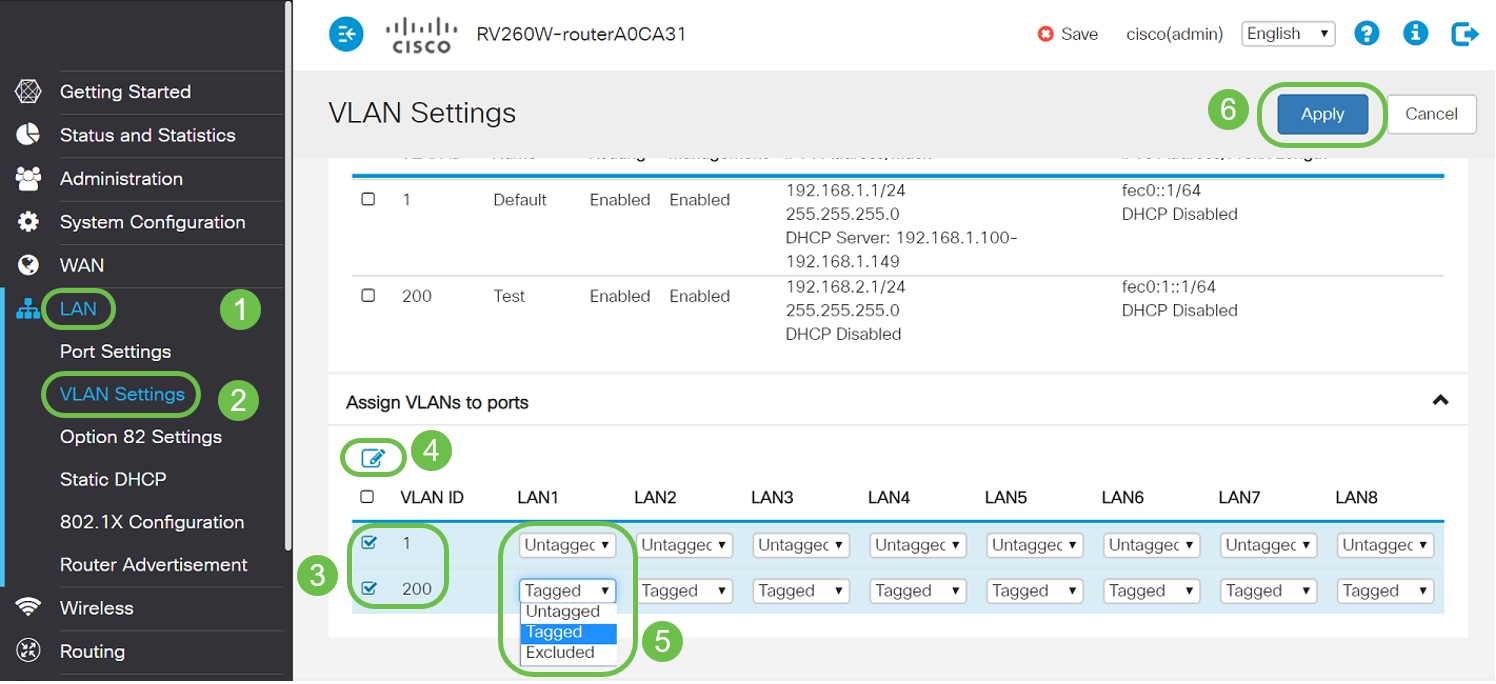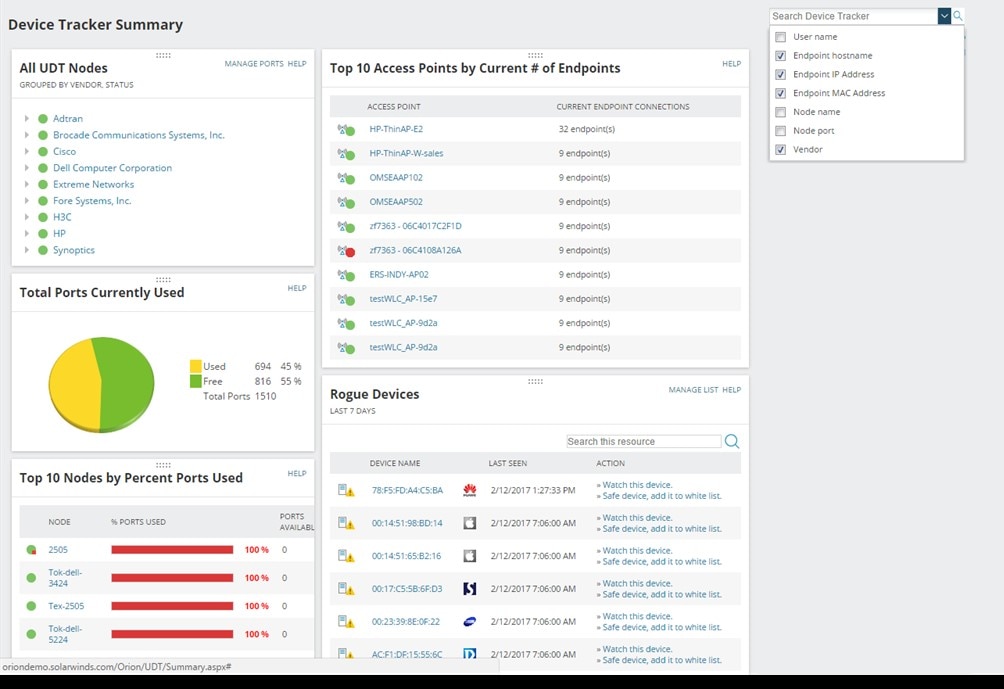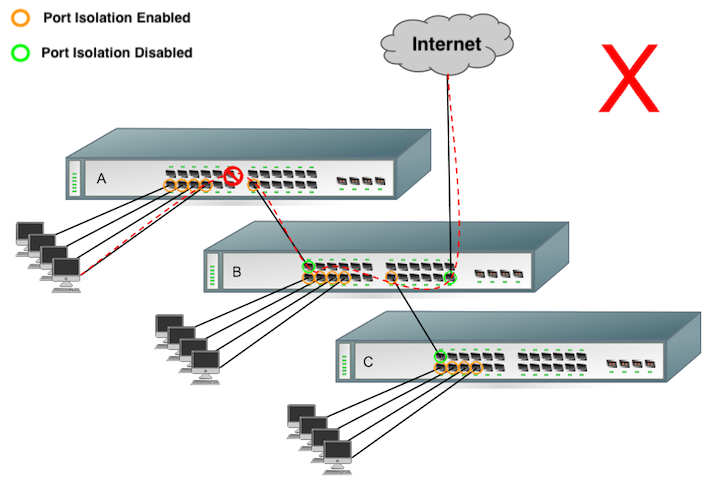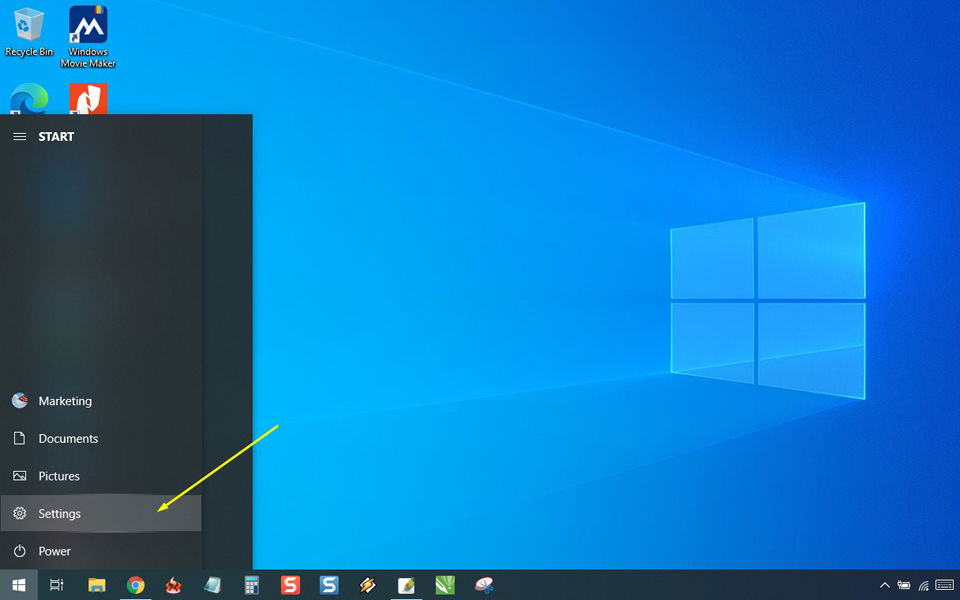Best Practices for Switch Management Which Ports to Use
I am currently in Hybrid mode. This is generally done by configuring all unused ports to a black hole VLAN that isnt utilized for anything on the network.

Vlan Best Practices And Security Tips For Cisco Business Routers Cisco
Ensure that the native VLAN and allowed VLAN lists on both ends of trunks are identical.

. The public switch management ports connect to the ToR private switches. Since our APs do not save the configuration by default APs should be able to get the IP address on the Native VLAN in order to get connected to the. Access trunk dynamic auto and dynamic desirable.
I am running ESXi 55. Best Practices Dell EMC ECS. Cisco Business routers come with VLAN 1 assigned to all ports by default.
For ease of management assign tags to switch ports. Prune unnecessary VLANs off trunk ports using allowed VLAN list in order to reduce scope of flooding. Switchconfig interface range fa 018-48.
Is it best to use them as the sole interface for management or only OoBM in the event of an outage or something else entirely that Im missing. I run Management network though on Standard switch. Leave one port on each switch as an access port to the management VLAN that can be plugged into by anyone needing to troubleshoot the switch locally.
Mismatched native VLANs on either end can result in bridged traffic. Use any other VLAN except 1 to assign all the unused ports to it. It is a security best practice to configure all the ports on all switches to be related to VLANs other than VLAN 1.
Im wondering what best practices are for utilizing them. For Access Ports that terminate VLANs eg. Lets suppose our switch has 48 switch ports and that we are not using ports from 18 to 48.
As a port security best practice do not use the dynamic auto or dynamic desirable switch port modes. My checklist of items to configure is based on the client design documentation. Here are some recommended configurations for your switch ports to work seamlessly with the Mist APs.
Thank you for the detailed answer. A general guideline is to disable autonegotiation. I generally recommend a 34 rule meaning that a network design should plan on only using ¾ of the ports for powered network devices as follows with remaining ports being reserved for non-powered network devices.
Switch details including model numbers along with designated switch port usage and network cabling information. I was doing some follow-up on thisCCNP studying and found the following best practices for VLANs Trunking in the CCNP Switch FLG. Ports that connect to an end-station enable STP PortFast.
On a trunk port prune all the unwanted VLANs only the required VLANs based on WLANs should be part of allowed VLANs. Ports that connect to another switch or a port that connects to a router for bridging disable STP PortFast. Some switches like the NetVanta 1638 have dedicated management ports that are not on the same routing plane as any VLAN interfaces configured in the unit.
The console ports should be connected to two different terminal servers and the supervisor CMP and mgmt0 ports should be connected to a redundant out-of. Switchconfig-if spanning-tree portfast disable. Best practices include movement of copper concentrate and air quality maintenance.
19 Configure Trunk Port with VLAN Pruning 8021Q description Trunk to switch and port switchport mode trunk switchport trunk allowed vlan. -Avoid using VLAN 1 as the balck hole for all unused ports. Although you can use a single link for the ICCP interface an aggregated Ethernet interface is preferred.
Using SSH instead of Telnet encrypts management communications between the terminal and the switch. A management VLAN is the VLAN that is used to remotely manage control and monitor the devices in you network using Telnet SSH SNMP. Device access is how you connect to the device with physical ports like Ethernet Serial USB and others.
Items to cover include DHCP routing VLANs Spanning Tree passwords and more. DTP offers four switch port modes. Recommend connecting the console port CMP and the management port per supervisor module.
Finally voice traffic has stringent QoS requirements. VSF DEPLOYMENT The 6300 Switch Series supports the ability to use front panel switch ports to link switches in a virtual stack using VSF with. For Access Ports that propagate VLANs eg.
Networking and Best Practices. Just like other management security best practices this prevents anyone from sniffing the traffic on the wire and collecting usernames passwords and. A console cable is the preferred method.
I run my redundant Data VLANs and vMotion networks on Distributed switch. Best practices at Port Y include ballast water management and monitoring practices. Best Practice 2 - Default VLAN 1 and Unused Ports.
We recommend that you use separate ports and choose different Flexible PIC Concentrators FPC s for the interchassis link ICL and Inter-Chassis Control Protocol ICCP interfaces. Were in the process of replacing our core switch stack with C9300s and this is my first time having switches with management ports. Port Z could improve its management practices by increasing environmental monitoring frequency.
Networking team really wants me to move the Management network to Distributed switch so I can get LLDP information on it. Switchconfig An alternative to shutting down ports is creating a black hole VLAN and assigning them all unnecessary switch ports. This document contains guidance and best practices for deploying and maintaining 6300 VSF stacks using the latest release of the AOS-CX network operating system.
I am not a fan. Best Practices Tips and Tricks to Switch Configuration. All ports need to be assigned to one or more than one VLAN including the native VLAN.
It is best practice to not fully load a PoE 8023af or PoE 8023at switch to ensure that the total power budget of the switch is not exceeded.

The Basics Of Cisco Switch Management Part 1


Comments
Post a Comment